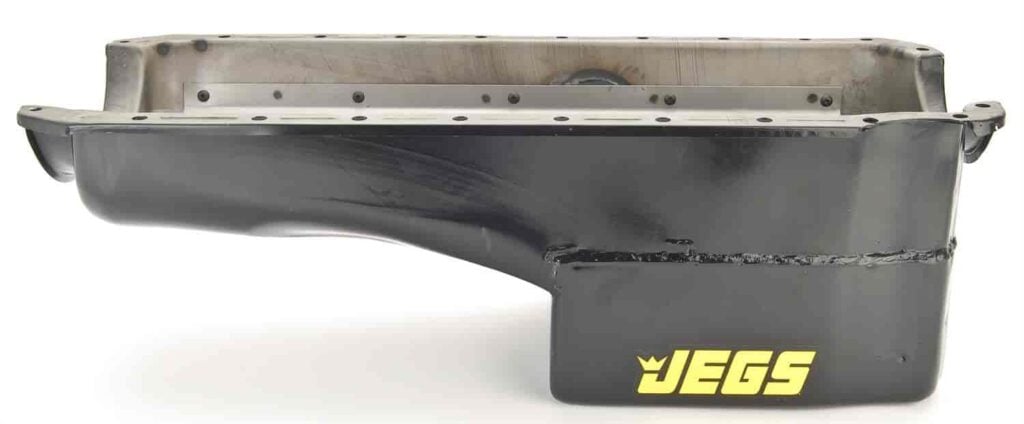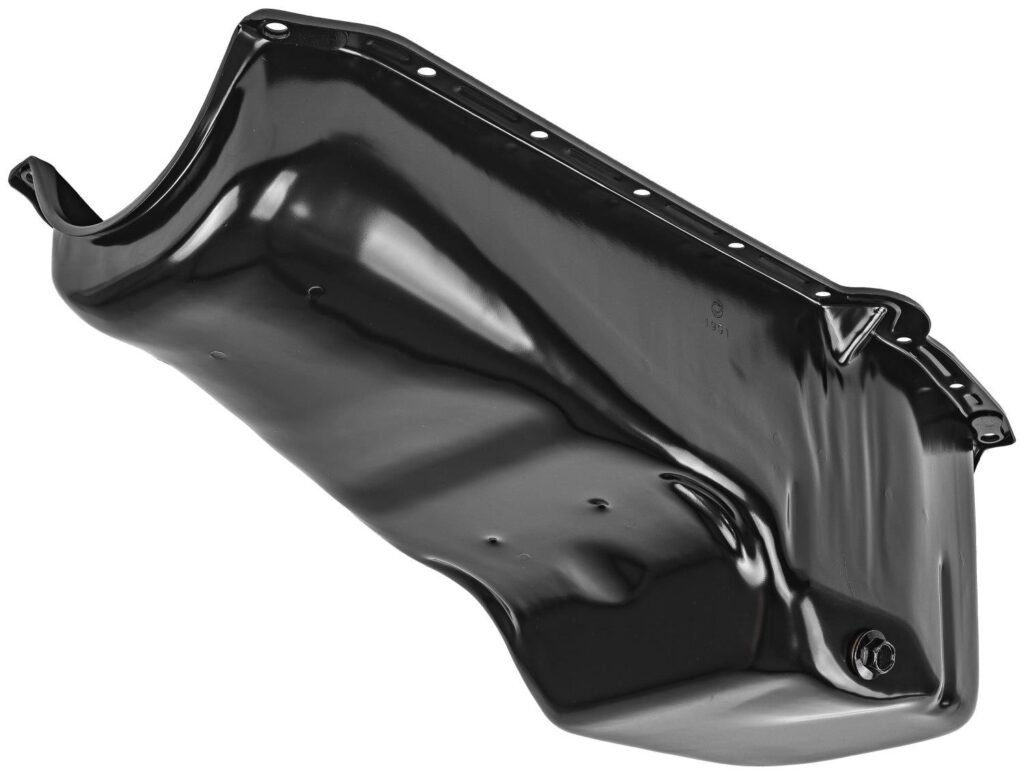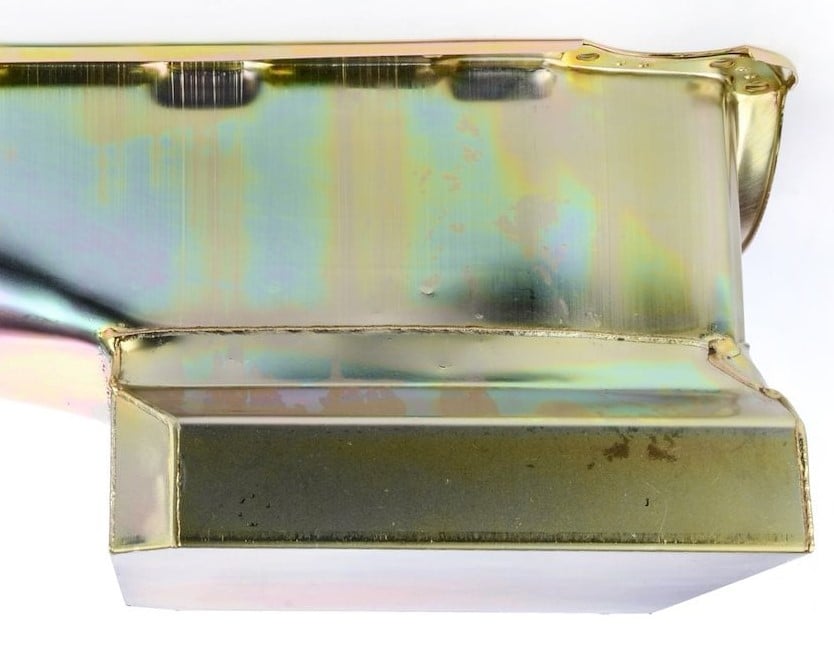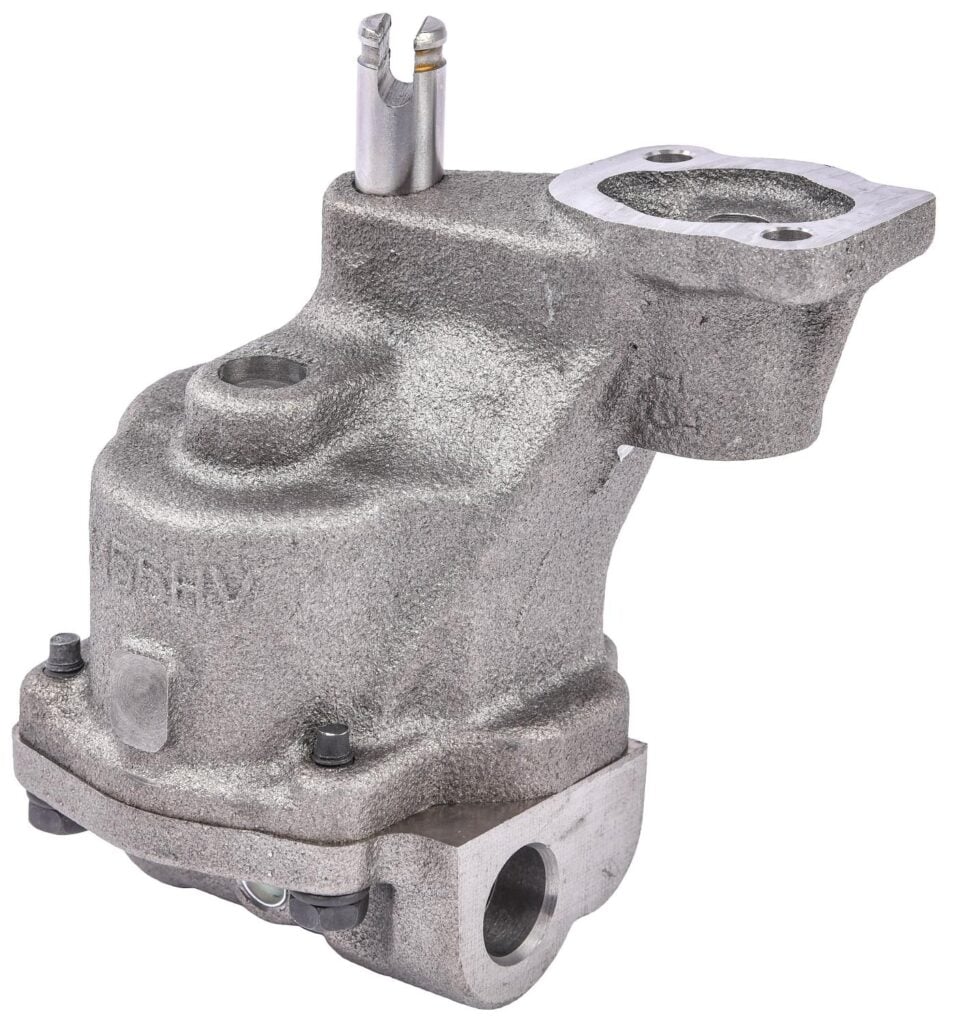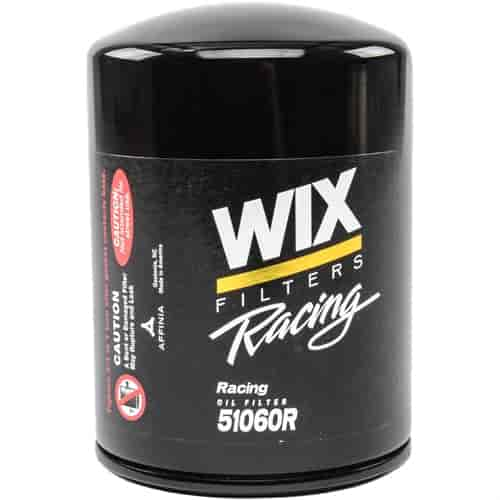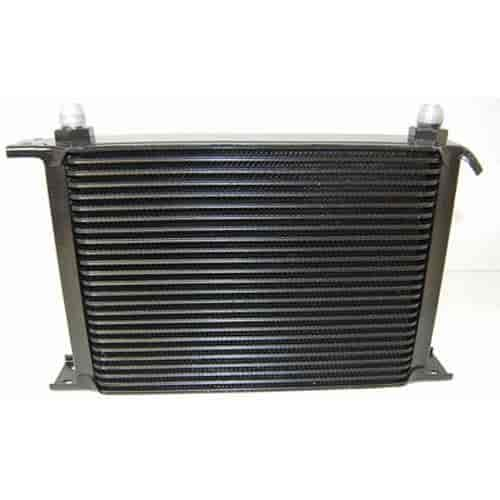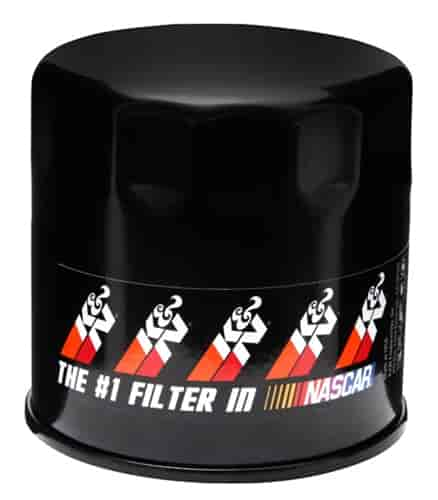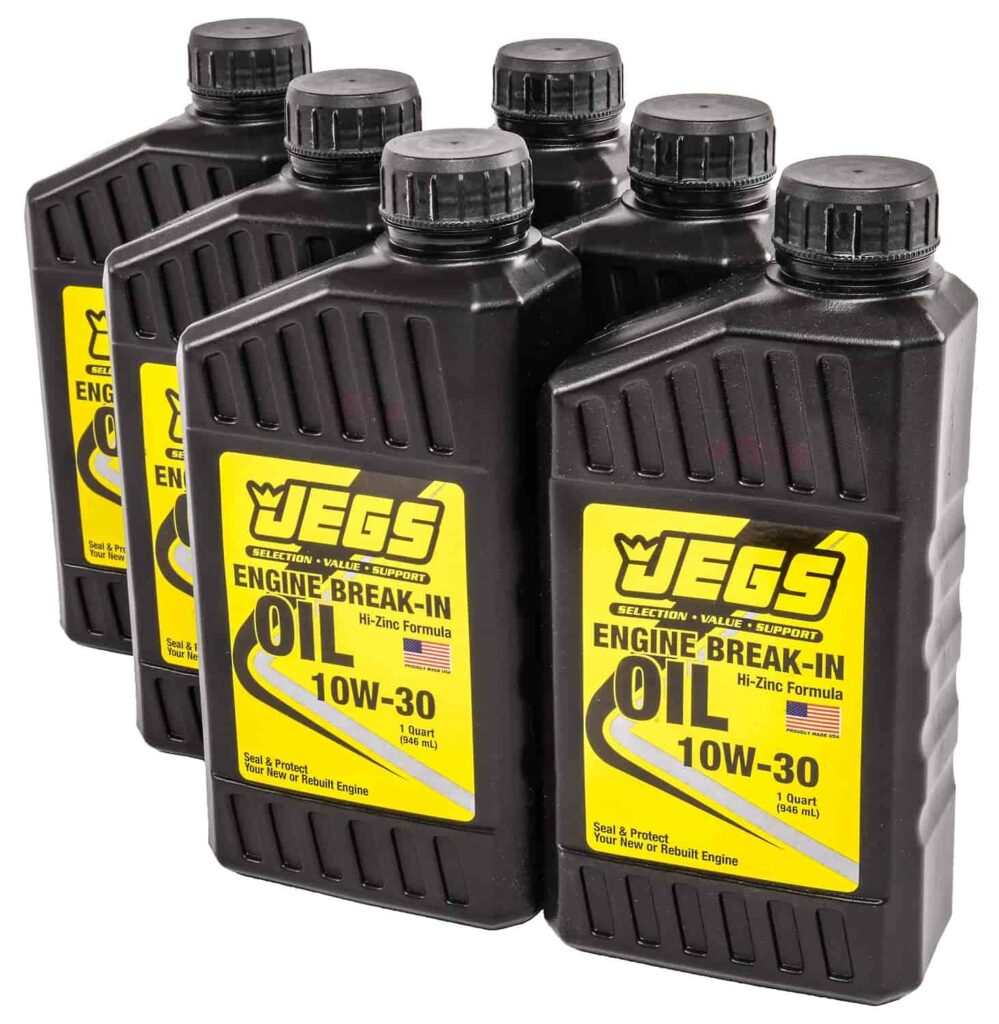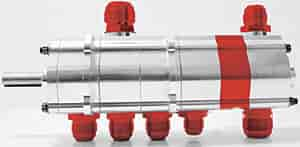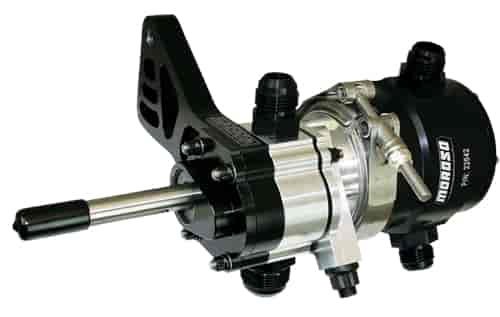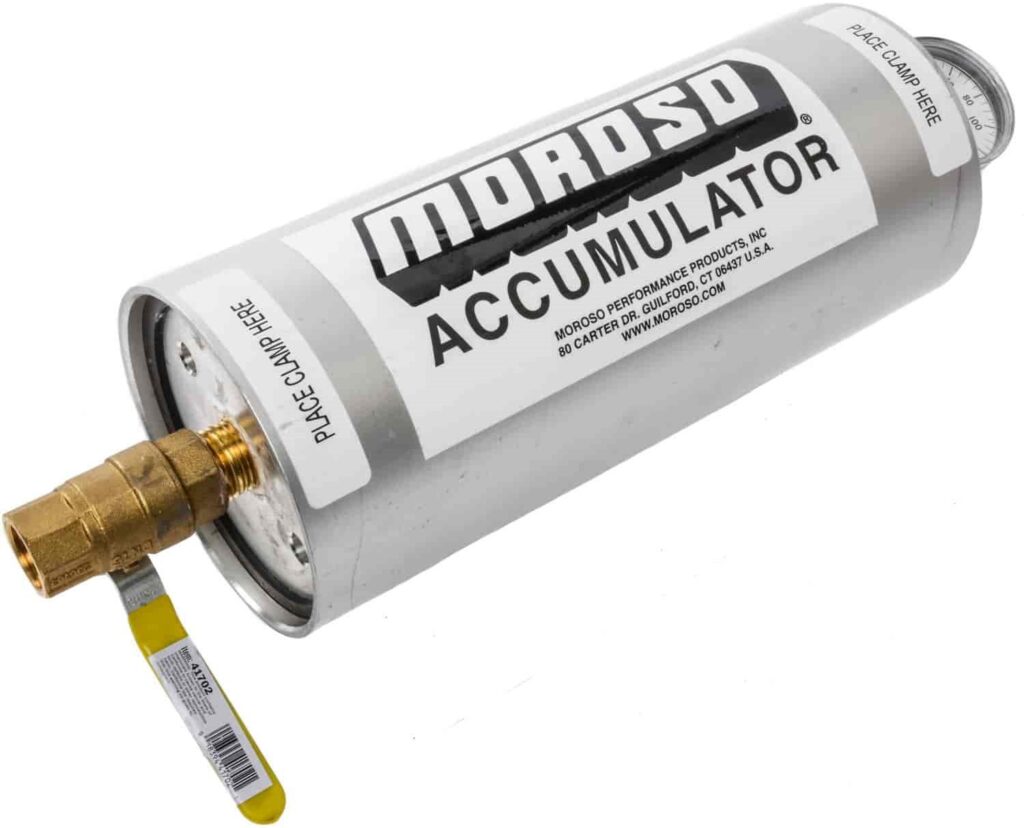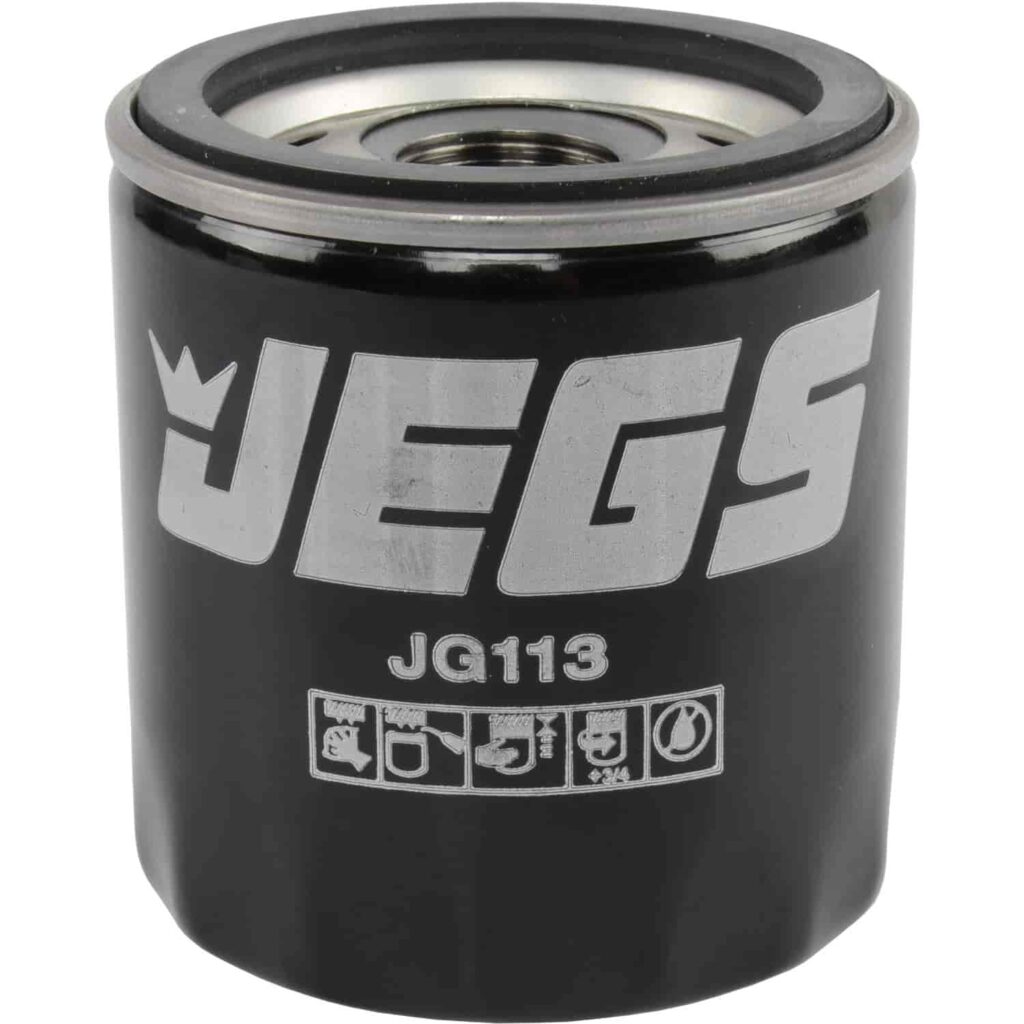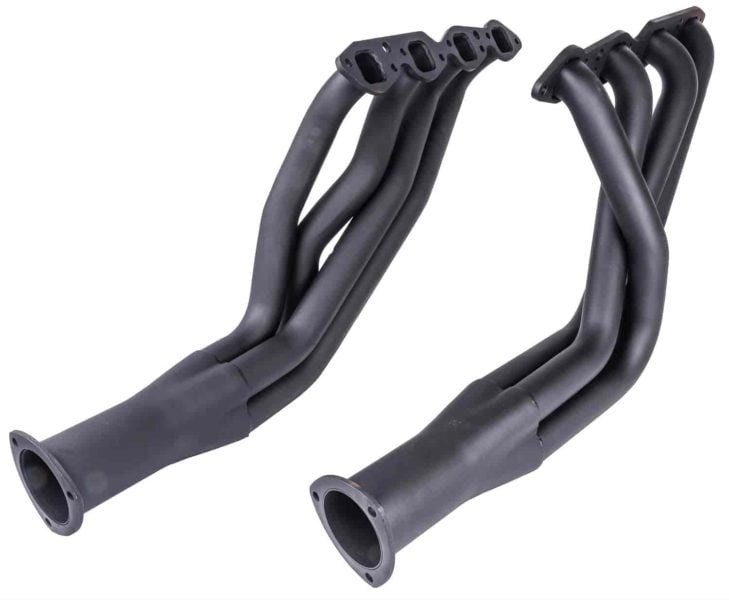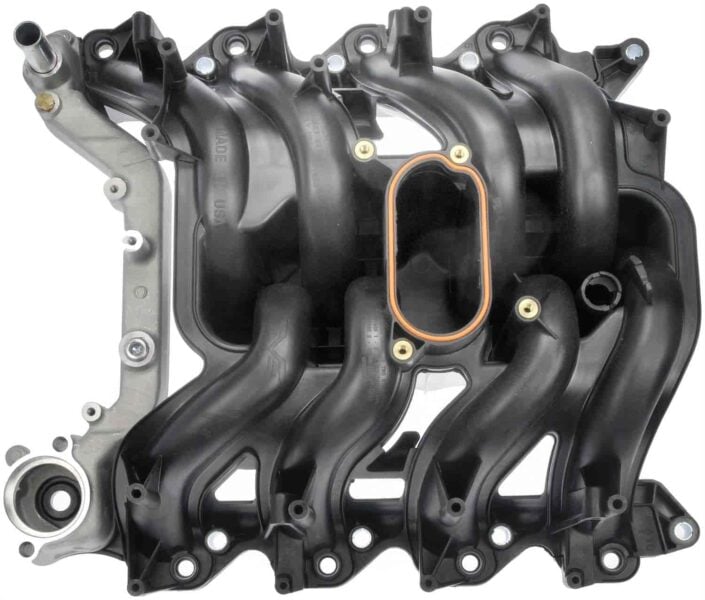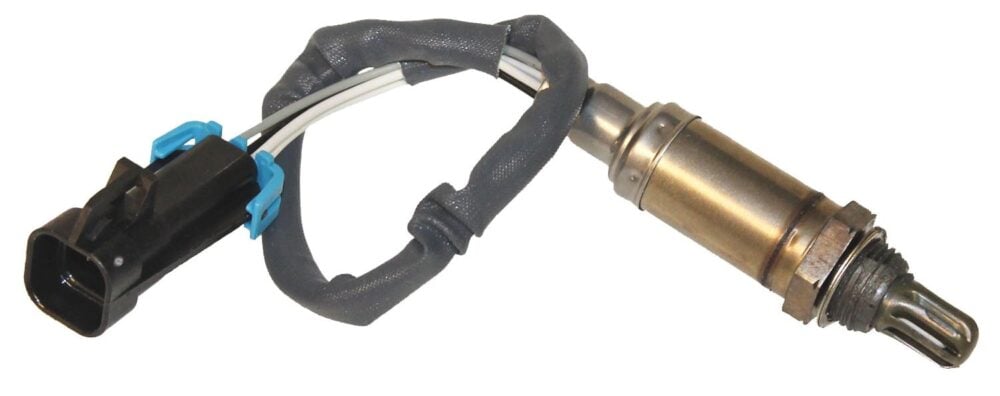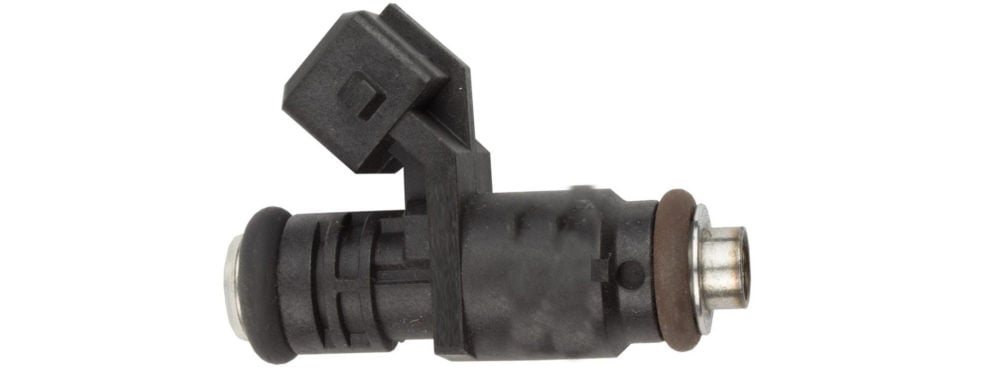A vehicle’s lubrication system is in charge of circulating motor oil to the engine’s various moving parts, including its pistons, bearings, valvetrain, timing gears, and many more. This system is incredibly important, as without sufficient oil, friction would lead to excessive heat, negatively impact performance and harming the engine.
There are multiple types of engine oil systems, including wet sump, dry sump, and semi-dry. Wet sump engine oil systems are the most common in passenger vehicles, while semi-dry and dry sumps favor performance.
To help you better understand which is best for your needs, this article covers everything you need to know about engine oil systems, including their various components, system types, and more.
Let’s get started.
Engine Oil Systems 101
If you’re new to engine oil systems, the best way to get to know them is to review the different components.
Here’s the 101 on the main parts of an engine lubrication system:
- Oil Pan: The oil pan, attached to the engine's bottom, acts as a reservoir for motor oil. During operation, oil collects here before being recirculated through the engine, ensuring components remain lubricated and temperatures stay regulated.
- Oil Sump: The oil sump is the lowest part of the oil pan where the oil collects and is drawn from. It serves as a key point for oil accumulation and distribution, benefiting the lubrication cycle by ensuring a steady oil supply for the pump.
- Oil Pump: Next up, the oil pump, which is basically the heart of the engine's lubrication system. Powered by the engine, it circulates oil under pressure to the moving parts. This component ensures all internal engine surfaces are continuously lubricated, reducing friction and wear.
- Pickup Tube: The pickup tube, connected to the oil pump, extends into the oil pan's sump. It acts as a straw, drawing oil from the sump into the pump. This is important for maintaining a consistent flow of oil to the engine, especially under varying driving conditions, such as when performance is the focus.
- Engine Oil Filter: The engine oil filter helps keep engine oil clean. Located in the oil circuit, it traps dirt, metal shavings, and other particulates, ensuring only clean oil flows through the engine, extending its lifespan and maintaining performance.
- Pressure Relief Valve: The pressure relief valve is a safety device within the oil system near the oil filter. It prevents excessive oil pressure, which could lead to seal breaches or component damage. By opening at a set pressure, it allows oil to bypass the filter and return to the sump, maintaining proper lubrication.
- Spurt Holes and Galleries: Spurt holes and galleries are channels within the engine block and components. They direct the flow of pressurized oil to key areas, such as bearings and other areas. This targeted lubrication reduces wear, prevents overheating, and ensures smooth engine operation.
How Does Engine Oil System Function?
As mentioned, there are three main types of oil systems, wet sump, dry sump, and semi-dry systems. Below, we’ll cover how each system functions in a bit more detail.
Wet Sump System
The wet sump system is the standard oil lubrication system in most passenger vehicles. It features a single oil pump and an oil pan located directly beneath the engine. The pump draws oil from the sump and circulates it throughout the engine to lubricate components such as bearings, pistons, and camshaft.
After lubrication, the oil drains back into the sump by gravity. This system is favored for its simplicity, reliability, and lower cost, making it suitable for everyday driving conditions.
Dry Sump System
Unlike the wet sump, the dry sump system separates the oil reservoir from the engine, using an external tank. This system employs multiple pumps: one to distribute oil to the engine and others to remove used oil back to the reservoir.
The dry sump's design reduces the risk of oil starvation during high-speed maneuvers, allows for better engine cooling, and enables a lower engine placement, enhancing vehicle stability and performance. It is preferred in racing and high-performance vehicles due to these advantages.
Single Stage/External Wet Sump:
This system is a middle ground between wet and dry sump setups, incorporating an external pump, like a dry sump, while retaining oil within the pan like a wet sump. This approach allows for flexible oil pan designs due to the external pump placement, accommodating specific chassis configurations without internal pump constraints.
However, the oil pan must still hold sufficient oil, combining enhanced fitment flexibility with traditional capacity requirements.
How Does An Engine Oil System Affect Your Car?
Engine oil systems play a central role in the overall performance and longevity of your car. By providing a continuous flow of oil, it ensures that all moving parts within the engine are well-lubricated, reducing friction and wear.
This not only enhances the engine's efficiency but also helps in maintaining optimal operating temperatures, as the oil absorbs and dissipates heat away from vital components.
A well-functioning oil system contributes to smoother engine operation, resulting in better fuel efficiency and more responsive acceleration. A compromised oil system can lead to increased engine wear, overheating, and in severe cases, engine failure.
Issues such as clogged filters, leaks, or oil contamination can greatly impede the system's ability to maintain proper lubrication and cooling.
Regular maintenance, including timely oil and filter changes, is necessary to ensure the oil system functions correctly. Ignoring this can result in poor vehicle performance, higher fuel consumption, and potentially costly repairs.
JEGS: For All Your Automotive Needs
If you’ve made it this far, then you should now have a clear understanding of engine lubrication systems. Whether you’re rocking a typical wet sump system or a dry performance setup, each works to keep your engine working smoothly by delivering sufficient oil.
For all your automotive needs, consider JEGS, a leading supplier of performance auto parts, including lubrication system components. Complete your order online and have your products sent straight to your doorstep.
Still have questions? Contact our team today.
